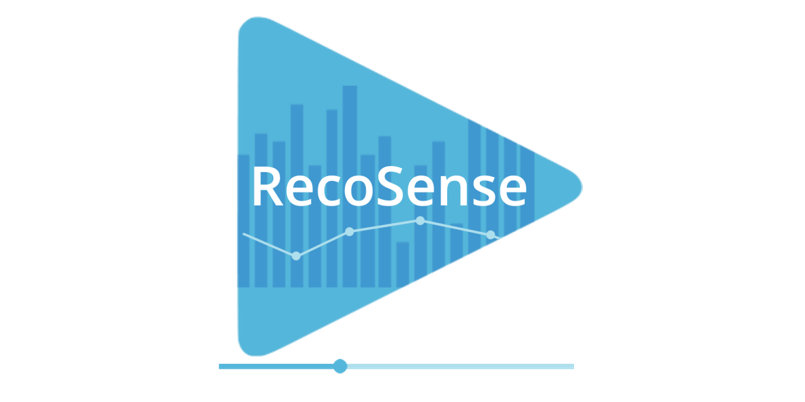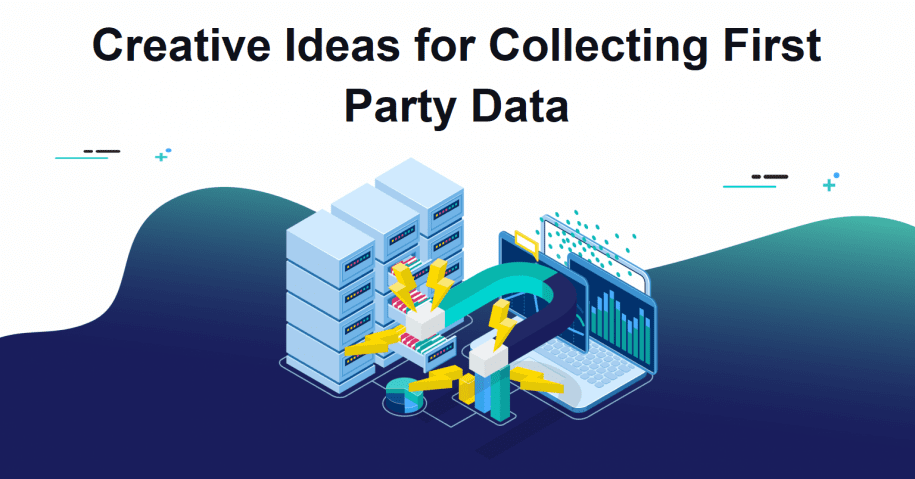Over the years, brands have come to understand the value of having direct relationships with their customers and are doing away with third party information collection. This is also applicable to SAAS companies, technical firms, or any other company that offers users a website to receive services or information from. The basis of collecting first party data is solely dependent on the customers’ willingness to share information in exchange for a great customer experience with the brand, website, or company whose website they are visiting.
Strategies around product launches, marketing campaigns, advertising, etc can get a definite direction by developing on insights provided by their immediate users. This data can then be used for customer segmentation and building strategies targeting particular groups through methods that work best for them as a group, or pertain to a specific set of groups.
Being able to provide greater value to users by utilizing the information provided by them, gives them the boost to continue to build their relationship with the company to receive personalized experiences. Moreover, third party cookies are something that bug users and can be eliminated by indulging in first party data collection. This article will answer the question of how to collect first party data and describe ways to collect data from customers in ways that are creative.
Best Strategies for First-Party Data Collection
1. Feedback surveys or quizzes
On many occasions, customers are willing to provide the necessary data, all they need is for someone to ask them the right questions. This is the scenario when Surveys come in handy. By curating the appropriate questions, directly or indirectly, customers can provide valuable feedback or their preferences which can be instrumental in the brand’s decisions going forward. Feedback surveys immediately after users have experienced service or spent a significant amount of time on your website, are a good way of capturing first-hand information from them.
To add an element of fun, these surveys can be masked and presented in the form of fun quizzes with interactive user interfaces, encouraging them to participate. The decision on whether to offer a simple survey or a quiz can be made based on the user persona and personality assessment. These are great ways of executing ideas of a lead generation form, to get users to fill out the information and make them potential customers. Having users fill in a quiz to be redirected to the appropriate service or information, is a methodology that can be easily used by websites.
2. Engagement initiatives
Engagement initiatives that pertain to a brand exclusively generate excitement amongst customers and can be used to create unforgettable experiences as well as encourage customers to share information to help improve satisfaction. Such events can begin with a physical form filling and continue over to participating in new product launches, participating in games and trivia to win exciting prizes, and encouraging the use of social media hashtags to publicize the event. Such events are a direct pathway to customers who care enough about the brand to be physically present and help build a personalized customer to company relationship.
3. Adding games
Having a creative tool that obtains user data pertaining to a particular product, can be a great option for first party data collection.
For example, a product that promotes physical fitness like a hula hoop can have an associated game that counts the number of times the customer avatar can swirl the hoop before falling to the ground. The interesting bit can be, asking for the user’s height, weight, etc while forming this avatar, and going on to suggest the best hoop for them from the inventory. Not only do such tools improve user experience tremendously, but also cleverly implement different data Ideas to obtain information from customers without necessarily bugging them.
4. Programs for loyal customers
Customers love if their loyalty is rewarded, and this can be achieved by organizing loyalty programs. This not only makes users feel special, through cash backs, discounts or gifts, and rewards but also encourages them to form a trust bond with the company. Along with a higher value to customers, these programs can be integrated into information retrieval programs and help improve the overall experience of these users.
5. Be Creative with what you have
Adopting the process of progressive profiling can go a long way in utilizing data that has been collected over time without direct communication from the users. Parameters like the behavior of users, the time they spend on various pages of the websites, links they visit speak volumes about the kind of experiences they are inclined towards. For example, for a website that offers information about different technology in the market, it is easy to identify by the section a particular user visits often, what they are more inclined towards, phones, laptops, televisions, or audio systems.
Conclusion
Switching to first party data is a wise and proactive decision to help your company understand their customers on a direct level, without any middlemen, and shows users that you are willing to personalize their experience to the best of your capabilities. While some methods of this data collection can be more straightforward like surveys or quizzes and are appreciated by users, there are other ways to add an element of fun and get the required information indirectly through games, activities, engagement events and activities, competitions, and much more. As far as creativity is concerned, the sky’s the limit but if the company’s effort and growth towards consumer satisfaction is visible, users do not hesitate and are more than happy to build a bond of trust and loyalty with brands, and help take the company to new heights.




Leave a Reply